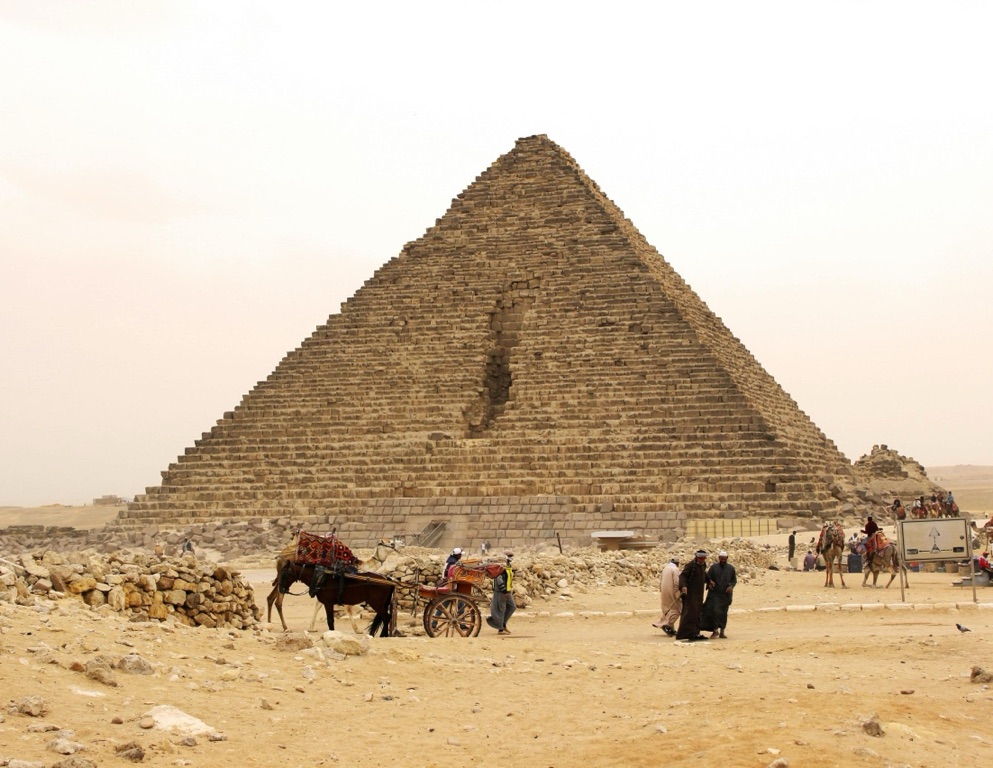The Pyramid of Menkaure is the smallest of the three main Pyramids of Giza, located on the outskirts of Cairo, Egypt. Built during the 26th century BC for the Pharaoh Menkaure, the sixth ruler of Egypt’s Fourth Dynasty, the pyramid is a testament to the architectural prowess and administrative skills of ancient Egyptians. It stands as a significant monument in Egyptian history, offering insights into the reign of Menkaure and the civilization he ruled.
Get your dose of History via Email
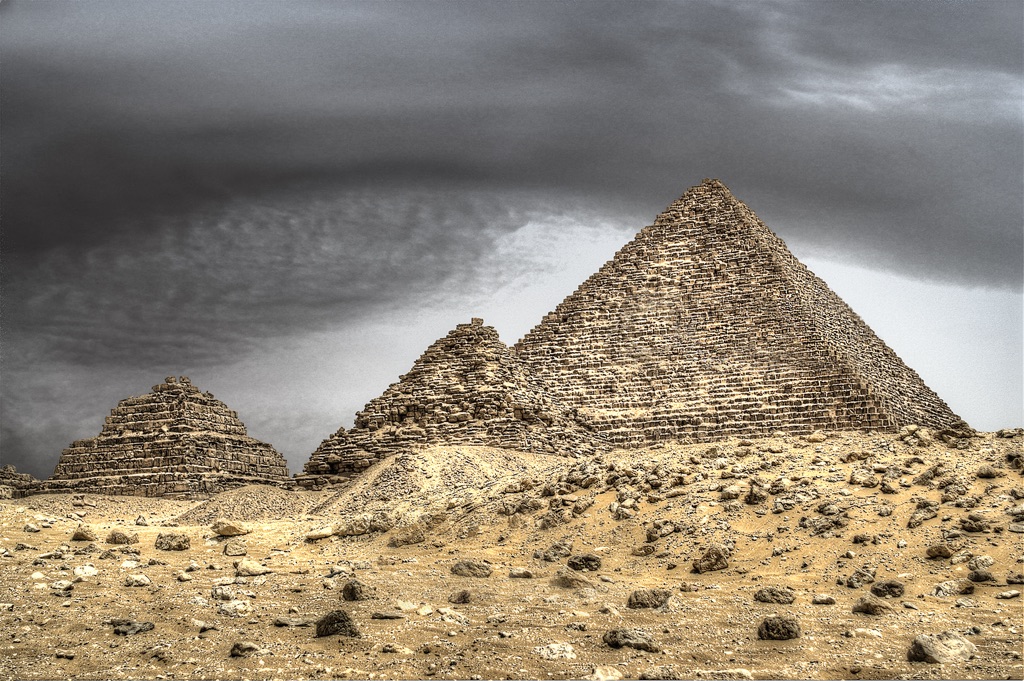
What is the historical significance of the Pyramid of Menkaure and what does it tell us about the Pharaoh it was built for?
The Pyramid of Menkaure holds a significant place in history as it represents the culmination of pyramid-building techniques during the Old Kingdom of Egypt. Despite being the smallest of the Giza pyramids, it reflects the grandeur and power of Pharaoh Menkaure. The choice of materials, including the use of granite, indicates the resources available to Menkaure and his determination to create a lasting monument.
Historians believe that the pyramid’s relatively modest size, compared to the pyramids of Khufu and Khafre, reflects a shift in religious beliefs and the Pharaoh’s role in society. It suggests that Menkaure might have been a more humble ruler, who did not view himself as a god but as a shepherd of his people. This interpretation is further supported by the depictions of Menkaure in statues and reliefs, where he is often shown as a caring and approachable leader.
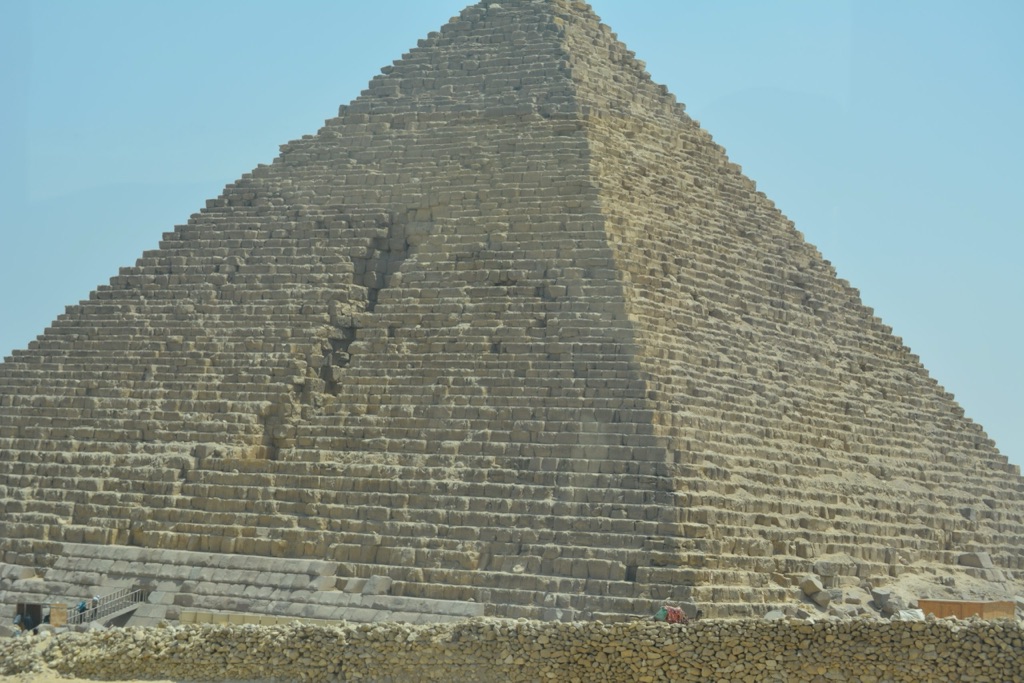
The Pyramid of Menkaure also provides insights into the political and social structures of the Fourth Dynasty. The complexity of the pyramid’s design and construction indicates a well-organized society with skilled laborers and administrators. It suggests that Menkaure’s reign was a period of stability and prosperity, where large-scale projects like the construction of a pyramid could be undertaken.
Moreover, the pyramid complex, including the mortuary temple and the satellite pyramids, gives us a glimpse into the religious practices and beliefs of the time. It tells us that the Pharaoh’s afterlife was of great importance, and rituals were performed to ensure his safe journey to the afterlife.
Finally, the Pyramid of Menkaure is a testament to the Pharaoh’s desire for immortality. Despite the passage of over 4,000 years, Menkaure’s pyramid stands as a lasting monument to his reign, ensuring that his name and achievements are not forgotten.
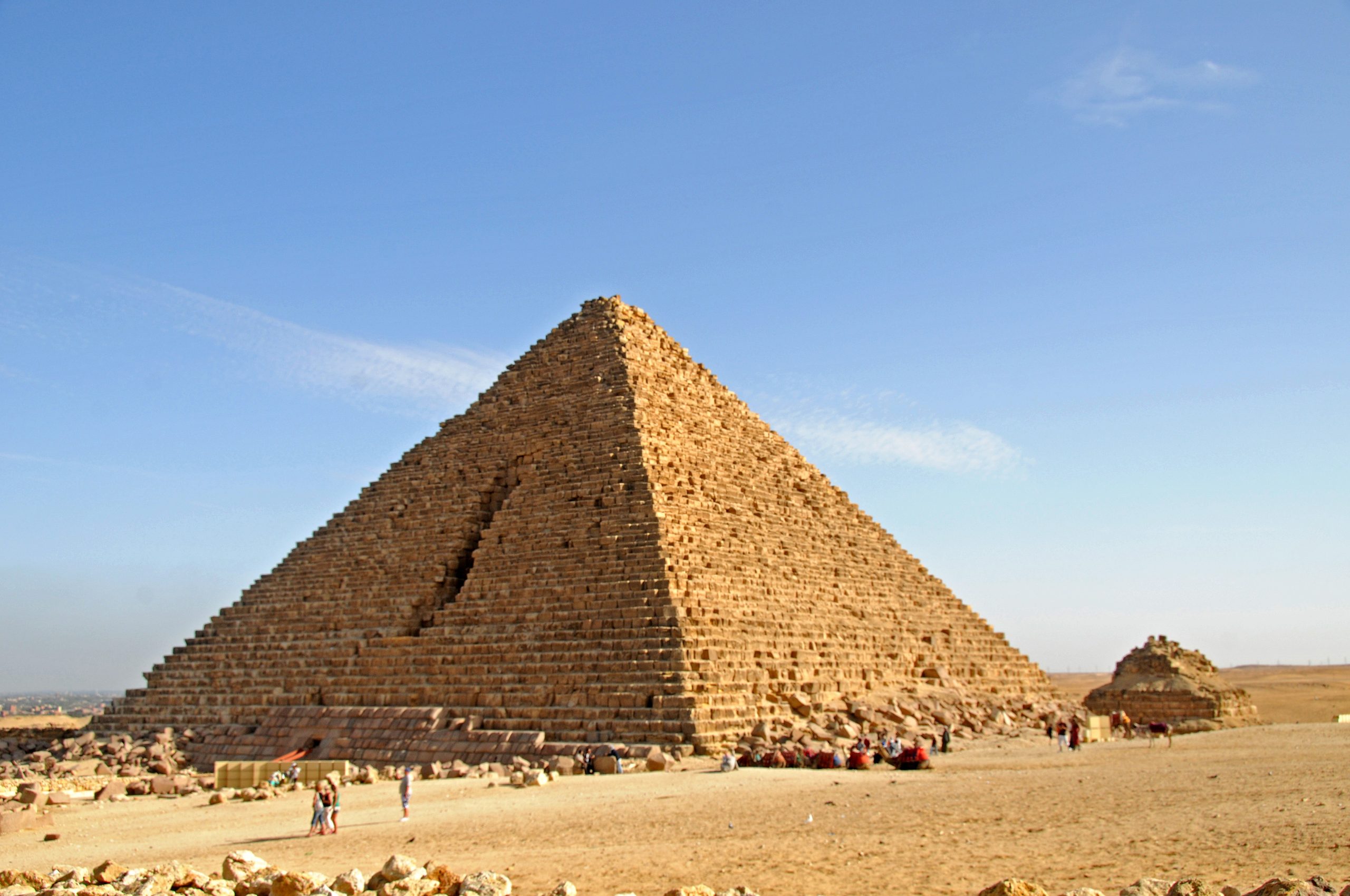
What are some of the key architectural features and discoveries made at the Pyramid of Menkaure?
The Pyramid of Menkaure, though smaller than its counterparts at Giza, is notable for its unique architectural features. The pyramid was originally 65.5 meters high, with a base length of 103.4 meters. It was constructed primarily of limestone, with the lowest course of casing stones made of pink Aswan granite, a feature unique to this pyramid.
The pyramid complex includes a mortuary temple, an offering chapel, and three smaller pyramids known as “queen’s pyramids.” The mortuary temple, unlike those of the other Giza pyramids, was constructed of stone rather than mud-brick, indicating a shift in architectural practices. The offering chapel, located on the east side of the pyramid, was where offerings for the Pharaoh’s ka (spirit) were made.
Inside the pyramid, the burial chamber is located underground, beneath the pyramid’s base, another unique feature. The chamber is lined with granite and contains a large, stone sarcophagus. Unfortunately, when the pyramid was first entered in the 19th century, the sarcophagus was found to be empty, and the mummy of Menkaure has never been found.
Excavations at the Pyramid of Menkaure have yielded several significant discoveries. In the mortuary temple, statues of Menkaure with various deities were found, providing valuable insights into the religious beliefs of the time. Additionally, the remains of a wooden boat were discovered near the pyramid, similar to the solar boats found at the Pyramid of Khufu.
Despite extensive excavations, many mysteries of the Pyramid of Menkaure remain. The purpose of the three smaller pyramids is still debated, and the absence of Menkaure’s mummy raises questions about the pyramid’s history. These unanswered questions continue to fuel research and exploration at this fascinating site.
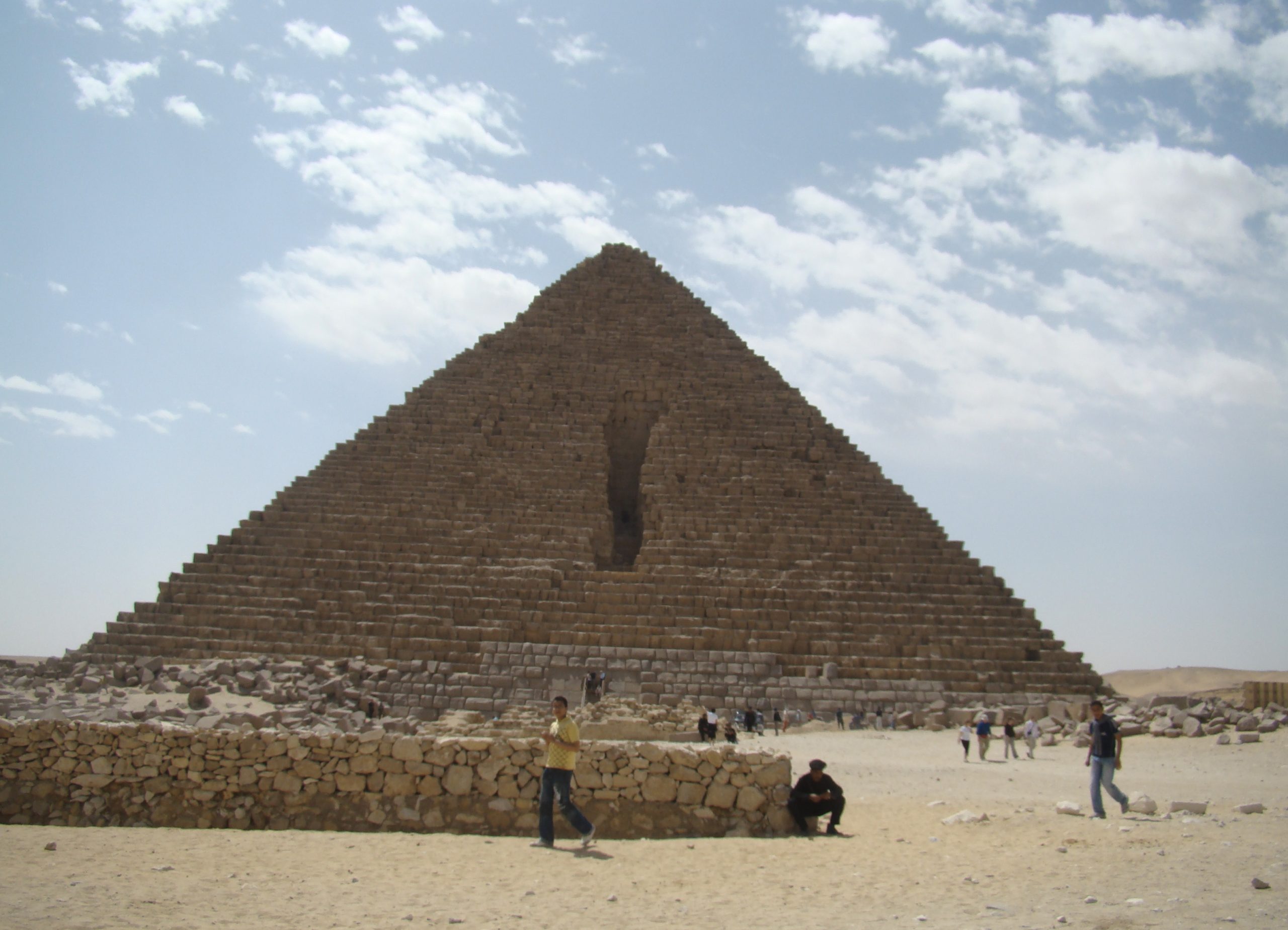
What is the historical significance of the Pyramid of Menkaure and what does it tell us about the reign of Pharaoh Menkaure?
The Pyramid of Menkaure is a testament to the reign of Pharaoh Menkaure, reflecting his resources, power, and influence. The pyramid’s size and complexity indicate a period of stability and prosperity during Menkaure’s reign, where large-scale projects could be undertaken. The choice of materials, including the use of granite, reflects the wealth and resources available to Menkaure.
Menkaure’s reign is often considered a period of transition in ancient Egyptian history. The relatively modest size of his pyramid, compared to those of his predecessors, suggests a shift in religious beliefs and the Pharaoh’s role in society. Menkaure might have been a more humble ruler, viewing himself not as a god but as a shepherd of his people. This interpretation is supported by the depictions of Menkaure in statues and reliefs, where he is often shown as a caring and approachable leader.
The Pyramid of Menkaure also provides insights into the political and social structures of the Fourth Dynasty. The pyramid’s design and construction indicate a well-organized society with skilled laborers and administrators. It suggests that Menkaure’s reign was a period of stability and prosperity, where large-scale projects like the construction of a pyramid could be undertaken.
The pyramid complex, including the mortuary temple and the satellite pyramids, gives us a glimpse into the religious practices and beliefs of the time. It tells us that the Pharaoh’s afterlife was of great importance, and rituals were performed to ensure his safe journey to the afterlife.
Finally, the Pyramid of Menkaure is a testament to Menkaure’s desire for immortality. Despite the passage of over 4,000 years, Menkaure’s pyramid stands as a lasting monument to his reign, ensuring that his name and achievements are not forgotten.
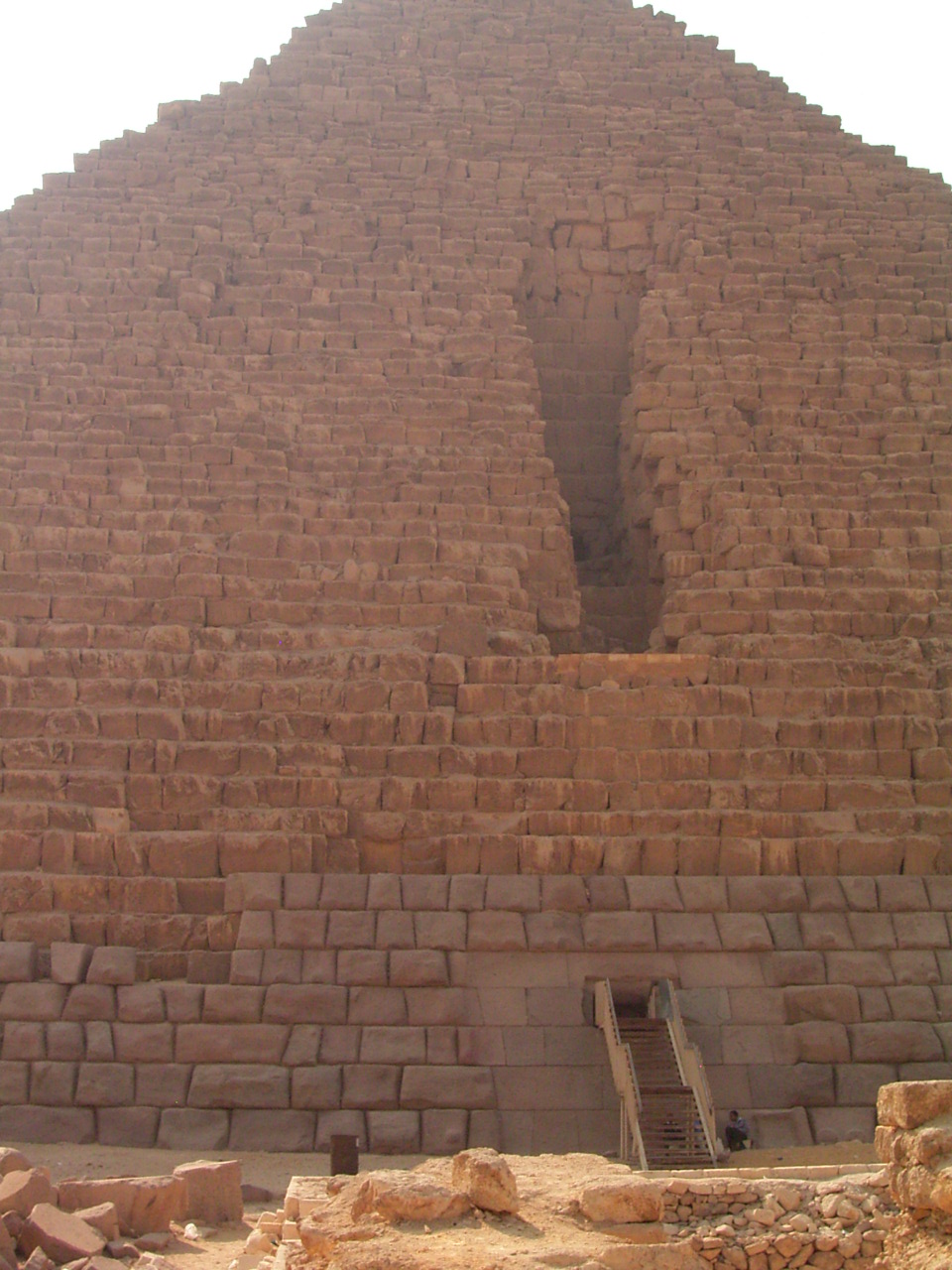
What are some of the key architectural features and discoveries made at the Pyramid of Menkaure?
The Pyramid of Menkaure, though smaller than its counterparts at Giza, is notable for its unique architectural features. The pyramid was originally 65.5 meters high, with a base length of 103.4 meters. It was constructed primarily of limestone, with the lowest course of casing stones made of pink Aswan granite, a feature unique to this pyramid.
The pyramid complex includes a mortuary temple, an offering chapel, and three smaller pyramids known as “queen’s pyramids.” The mortuary temple, unlike those of the other Giza pyramids, was constructed of stone rather than mud-brick, indicating a shift in architectural practices. The offering chapel, located on the east side of the pyramid, was where offerings for the Pharaoh’s ka (spirit) were made.
Inside the pyramid, the burial chamber is located underground, beneath the pyramid’s base, another unique feature. The chamber is lined with granite and contains a large, stone sarcophagus. Unfortunately, when the pyramid was first entered in the 19th century, the sarcophagus was found to be empty, and the mummy of Menkaure has never been found.
Excavations at the Pyramid of Menkaure have yielded several significant discoveries. In the mortuary temple, statues of Menkaure with various deities were found, providing valuable insights into the religious beliefs of the time. Additionally, the remains of a wooden boat were discovered near the pyramid, similar to the solar boats found at the Pyramid of Khufu.
Despite extensive excavations, many mysteries of the Pyramid of Menkaure remain. The purpose of the three smaller pyramids is still debated, and the absence of Menkaure’s mummy raises questions about the pyramid’s history. These unanswered questions continue to fuel research and exploration at this fascinating site.
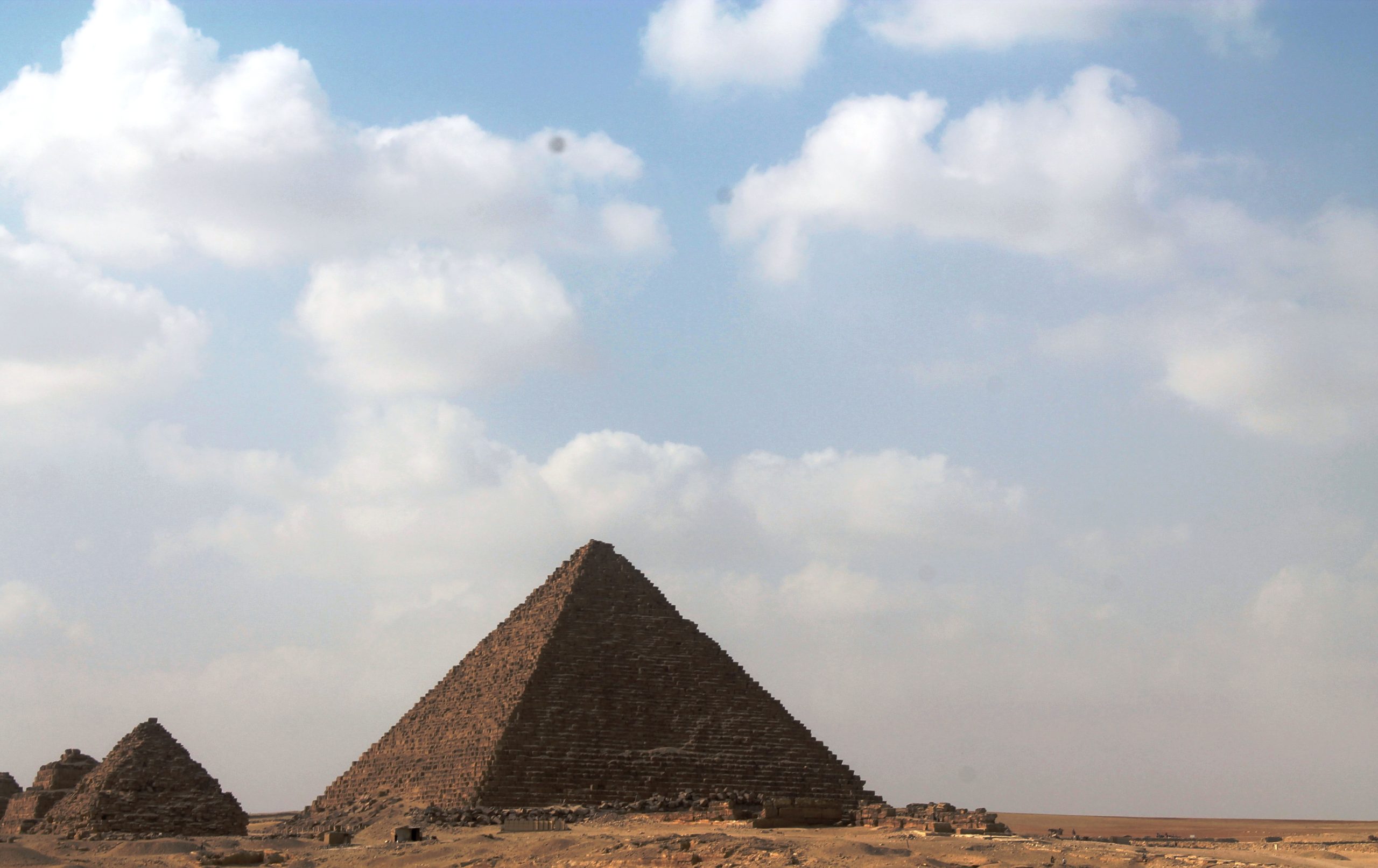
What is the historical significance of the Pyramid of Menkaure and what does it tell us about the Pharaoh Menkaure and the civilization he ruled?
The Pyramid of Menkaure holds a significant place in history as it represents the culmination of pyramid-building techniques during the Old Kingdom of Egypt. Despite being the smallest of the Giza pyramids, it reflects the grandeur and power of Pharaoh Menkaure and the civilization he ruled. The choice of materials, including the use of granite, indicates the resources available to Menkaure and his determination to create a lasting monument.
The pyramid’s relatively modest size, compared to the pyramids of Khufu and Khafre, reflects a shift in religious beliefs and the Pharaoh’s role in society. It suggests that Menkaure might have been a more humble ruler, who did not view himself as a god but as a shepherd of his people. This interpretation is further supported by the depictions of Menkaure in statues and reliefs, where he is often shown as a caring and approachable leader.
The Pyramid of Menkaure also provides insights into the political and social structures of the Fourth Dynasty. The complexity of the pyramid’s design and construction indicates a well-organized society with skilled laborers and administrators. It suggests that Menkaure’s reign was a period of stability and prosperity, where large-scale projects like the construction of a pyramid could be undertaken.
Moreover, the pyramid complex, including the mortuary temple and the satellite pyramids, gives us a glimpse into the religious practices and beliefs of the time. It tells us that the Pharaoh’s afterlife was of great importance, and rituals were performed to ensure his safe journey to the afterlife.
Finally, the Pyramid of Menkaure is a testament to the Pharaoh’s desire for immortality. Despite the passage of over 4,000 years, Menkaure’s pyramid stands as a lasting monument to his reign, ensuring that his name and achievements are not forgotten.
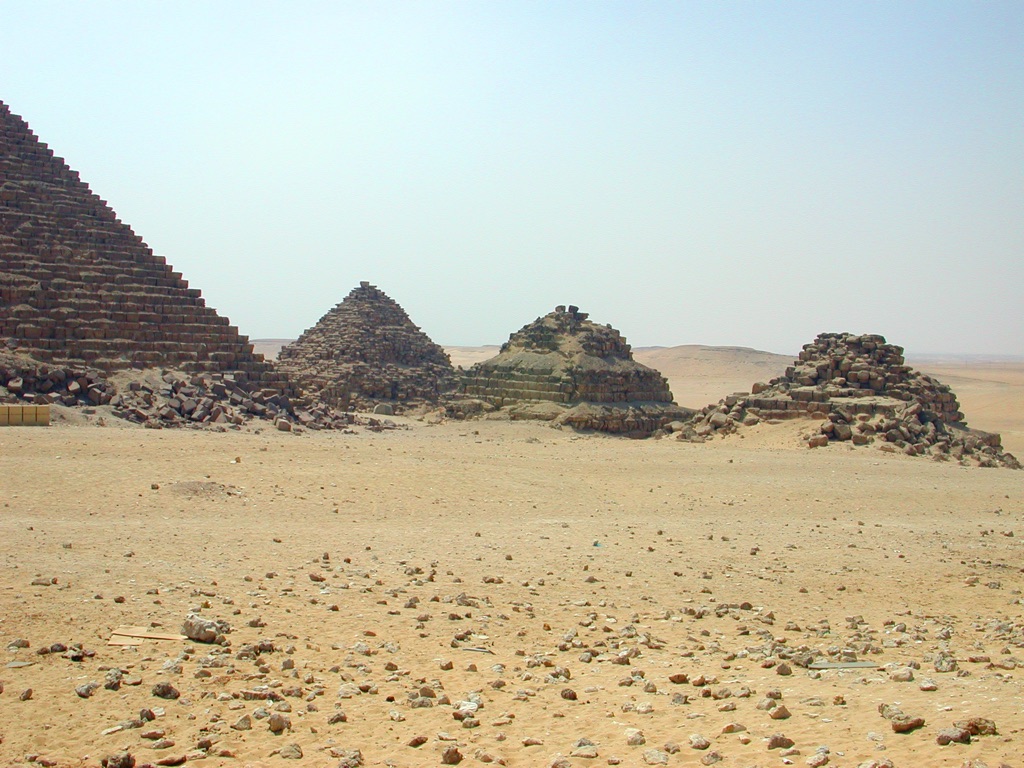
Conclusion and Sources
In conclusion, the Pyramid of Menkaure is a significant monument in Egyptian history, reflecting the reign of Pharaoh Menkaure and the civilization he ruled. Its unique architectural features and the discoveries made at the site provide valuable insights into the religious beliefs, political structures, and social practices of the Fourth Dynasty. Despite its mysteries, the Pyramid of Menkaure continues to fascinate researchers and visitors alike, standing as a testament to the enduring legacy of Pharaoh Menkaure and the ancient Egyptian civilization.
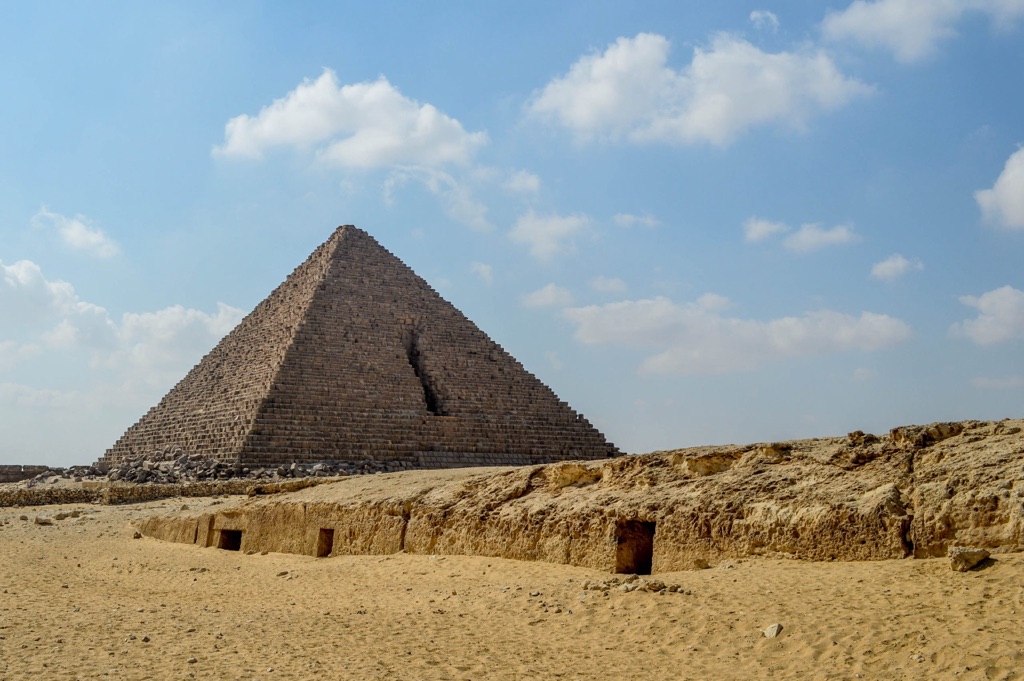
For further reading and research, the following sources are recommended:

